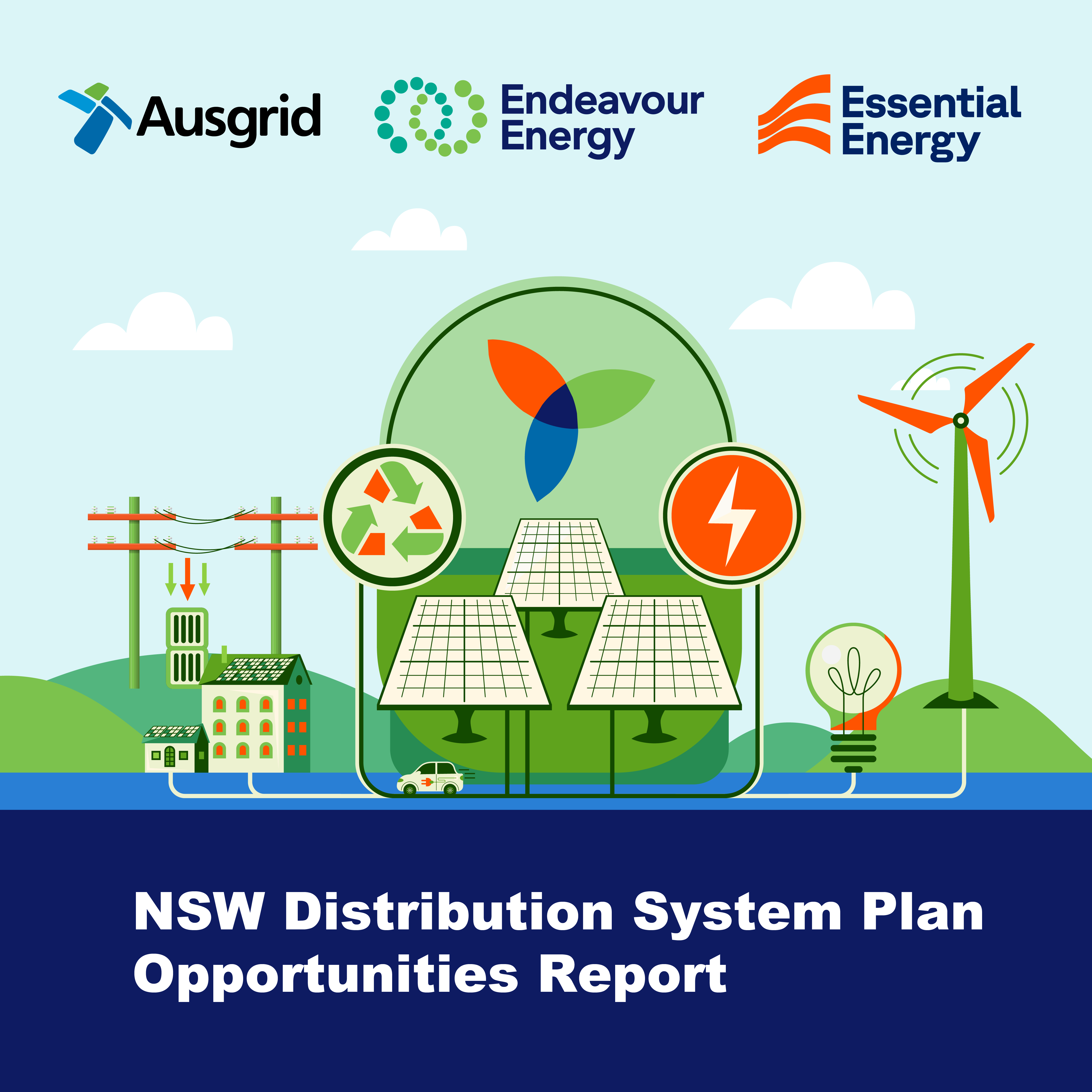The DSP represents the first time the three NSW electricity distribution businesses have come together to develop a single, unified view of how to fully leverage and optimise the state’s existing distribution network to meet future energy needs.
Independent modelling1 shows NSW could unlock between $2 billion to $4.3 billion in value by utilising available network capacity and integrating Consumer Energy Resources (CER) like rooftop solar, batteries, and electric vehicles.
Ausgrid’s Group Executive, External Affairs & Strategy, Tim Jarratt, said the plan also provides a two-to-five-year buffer to the energy transition timeline, ensuring a smoother, more orderly, and resilient shift.
Endeavour Energy’s General Manager, Future Grid & Asset Management, Colin Crisafulli, said optimising the grid would maximise the value of consumer resources like solar, batteries, and electric vehicles.
“Our modelling shows that pushing storage deeper into the distribution network and finding customer centric ways of coordinating consumer energy resources can defer expensive network upgrades by as much as 15 years. A proactive, network-led approach could also fast-track EV adoption by half a million vehicles in NSW, a huge leap forward for faster transport decarbonisation,” he said.
By unlocking wind capacity and building more generation closer to demand, the DSP also shows we can reduce our reliance on interconnection with other states.
Essential Energy’s Chief of Customer and Corporate Affairs, Annie Pearson, said the report also highlights broader areas of reform that need to be addressed to ensure benefits and costs are shared fairly across NSW communities.

